On-page optimization is the backbone of effective SEO. It’s where you have direct control over your content and how it’s presented to search engines and users. However, even seasoned marketers can stumble when fine-tuning their on-page elements. Small missteps can lead to missed opportunities for traffic and engagement.
Are you unintentionally sabotaging your own website? These common mistakes can hold back even the best content from keyword stuffing to neglecting mobile optimisation. Let’s delve into some pitfalls you might be falling into and discover practical ways to sidestep them for a more polished online presence. Your website deserves better—let’s get started!
Keyword Stuffing
Many people think keyword stuffing will boost their SEO, but it often backfires. Instead of enhancing visibility, cramming your content with keywords makes it less readable and can alienate your audience. Search engines have evolved. They prioritize quality over quantity now. A natural flow in writing resonates better with users and search algorithms alike. When you force keywords into every sentence, the overall message suffers. Aim for relevance instead of repetition. Use variations of your primary keyword to maintain context without sounding robotic. This improves readability and helps capture diverse search queries related to your topic.

Ignoring Meta Tags and Descriptions
Meta tags and descriptions are often overlooked, yet they play a vital role in SEO. They serve as users’ first impressions when browsing search results. A well-crafted meta description can significantly impact click-through rates. If it’s bland or missing, potential visitors might skip your site for a more enticing option. Search engines also use these elements to understand your content better. Ignoring them means you lose an opportunity to show relevance and context. Keep meta tags concise but informative. Aim for clarity and persuasive language that encourages clicks without straying into keyword-stuffing territory.
Weak Internal Linking Structure
A weak internal linking structure can hinder your site’s effectiveness. Internal links guide users and search engines through your content, making navigation challenging. Think of internal links as road signs on the internet highway. They help visitors discover related articles and keep them engaged longer. You risk losing potential readers if you have great content but no connections between pages. Moreover, search engine crawlers rely on these links to index your site correctly. A well-structured internal link setup enhances visibility in search results. It also distributes page authority throughout your website. To strengthen this aspect, create relevant anchor text that clearly reflects the linked content’s topic. This practice improves user experience while signalling relevance to search engines.
Unoptimized Images
Images play a crucial role in web content but can also be a pitfall if not optimized properly. Large image files slow down your website’s loading time. This affects user experience and can lead to higher bounce rates. Using the correct file formats is essential. JPEGs are great for photographs, while PNGs work well for graphics with fewer colours. Always consider compressing images without sacrificing quality. Adding alt text is another critical step that many overlook. Alt text helps search …



 Let’s start with the smile transformation challenge. This trend is basically about showcasing dramatic before and after shots of smile makeovers, highlighting the incredible results that can be achieved through modern dentistry techniques. In this challenge, dentists have been creating videos that feature their patients’ smiles before any treatment and then reveal the stunning transformation after various dental procedures ranging from veneers and teeth whitening to braces. The visual impact of these videos is truly captivating and has captured the attention of millions of viewers on TikTok.
Let’s start with the smile transformation challenge. This trend is basically about showcasing dramatic before and after shots of smile makeovers, highlighting the incredible results that can be achieved through modern dentistry techniques. In this challenge, dentists have been creating videos that feature their patients’ smiles before any treatment and then reveal the stunning transformation after various dental procedures ranging from veneers and teeth whitening to braces. The visual impact of these videos is truly captivating and has captured the attention of millions of viewers on TikTok.


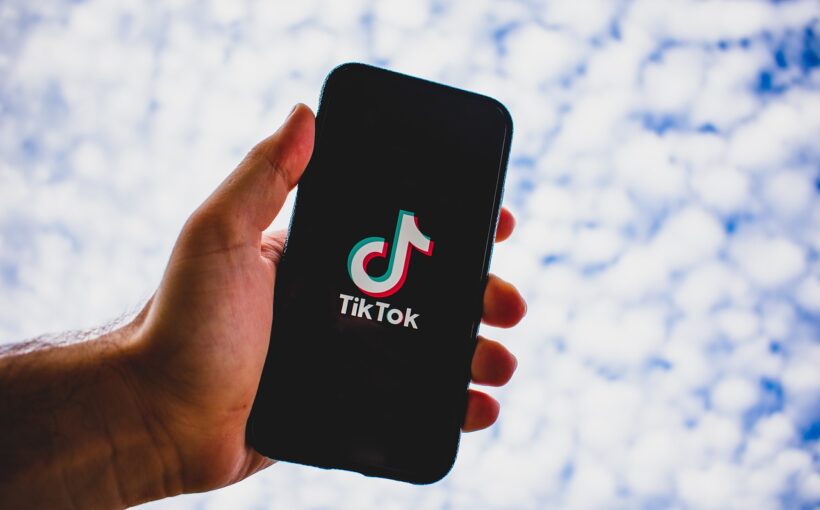
 One of the best ways to get more views on TikTok is by taking advantage of trends and trending hashtags. You can increase their visibility and reach a larger audience by including popular topics, music, or dance moves in your videos. Additionally, it would help if you used trending hashtags related to your content to boost engagement further.
One of the best ways to get more views on TikTok is by taking advantage of trends and trending hashtags. You can increase their visibility and reach a larger audience by including popular topics, music, or dance moves in your videos. Additionally, it would help if you used trending hashtags related to your content to boost engagement further. Collaborations are a great way to increase visibility and engagement on your account. Reach out to other TikTok creators in your niche who have a similar following and propose collaborations in the form of a challenge or a video idea. This can effectively get more views and followers as people love participating in challenges.
Collaborations are a great way to increase visibility and engagement on your account. Reach out to other TikTok creators in your niche who have a similar following and propose collaborations in the form of a challenge or a video idea. This can effectively get more views and followers as people love participating in challenges.
 Bounce rate is the percentage of visitors who leave your site after only viewing one page. A high bounce rate is terrible, as it indicates that people are not finding what they’re looking for on your site. Fortunately, responsive design can help to reduce the bounce rate. It is because responsive design ensures that all your content is easily accessible on any device. If people can find what they’re looking for quickly and easily, they’re less likely to bounce off your site.
Bounce rate is the percentage of visitors who leave your site after only viewing one page. A high bounce rate is terrible, as it indicates that people are not finding what they’re looking for on your site. Fortunately, responsive design can help to reduce the bounce rate. It is because responsive design ensures that all your content is easily accessible on any device. If people can find what they’re looking for quickly and easily, they’re less likely to bounce off your site.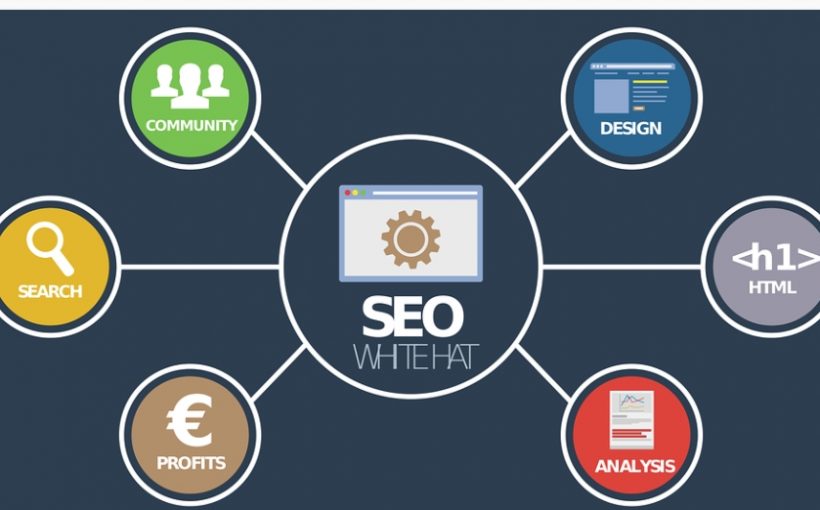
 Although you will get an SEO audit and competitor analysis reports, you also need reporting on various activities done. There are various reports the SEO company should provide you with. For instance, you need a report on top keyword rankings. With this, you can track the keyword positions in SERPs. You can also discover whether the rankings are declining. Also, your dental SEO agency should provide you with link-building reports.
Although you will get an SEO audit and competitor analysis reports, you also need reporting on various activities done. There are various reports the SEO company should provide you with. For instance, you need a report on top keyword rankings. With this, you can track the keyword positions in SERPs. You can also discover whether the rankings are declining. Also, your dental SEO agency should provide you with link-building reports.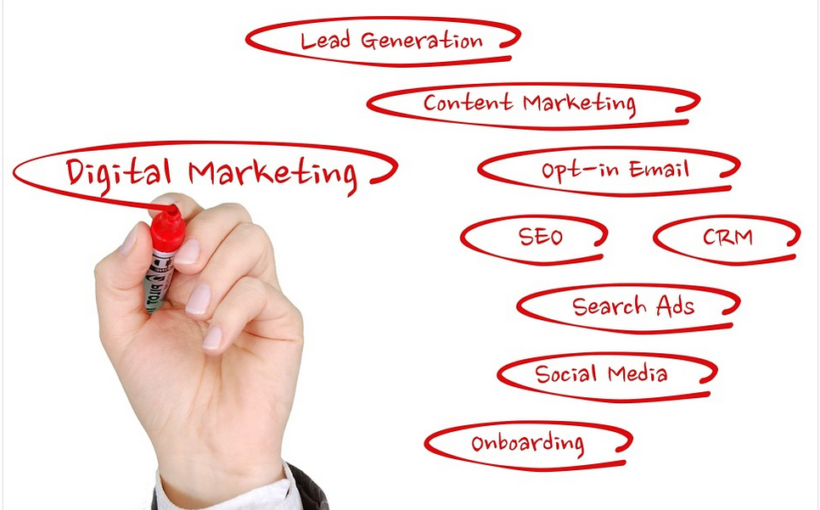
 Digital marketing will necessitate hiring new staff to handle or equipping the existing ones with those skills which may not be easy. Whichever option you choose, as the owner or manager of the business, you will have to supervise those staff and get involved with the work even if in a small way. You will also have to plan and budget with them the various campaigns and initiatives.
Digital marketing will necessitate hiring new staff to handle or equipping the existing ones with those skills which may not be easy. Whichever option you choose, as the owner or manager of the business, you will have to supervise those staff and get involved with the work even if in a small way. You will also have to plan and budget with them the various campaigns and initiatives.
 The email list is a vital tool for promoting your music. As compared to websites and collaboration, you can use the email list to market to the current fan base. Ideally, if someone has subscribed to your newsletter, he or she wants to hear from you. As you know, your emails ought to be driving fans to the website. Thus, there is a need to include links.
The email list is a vital tool for promoting your music. As compared to websites and collaboration, you can use the email list to market to the current fan base. Ideally, if someone has subscribed to your newsletter, he or she wants to hear from you. As you know, your emails ought to be driving fans to the website. Thus, there is a need to include links.
 While it is true that we are already in the digital era, using old-school promotions is not bad at all. Trust me, there are still lots of people out there who are into CDs and DVDs, so you should still consider advertising in record stores. You can put marketing materials like posters, stickers, or banners. You can also request the personnel to play your albums from time to time. This way, the customers will become more familiar with your songs. And who knows, they might become one of your biggest fans soon.
While it is true that we are already in the digital era, using old-school promotions is not bad at all. Trust me, there are still lots of people out there who are into CDs and DVDs, so you should still consider advertising in record stores. You can put marketing materials like posters, stickers, or banners. You can also request the personnel to play your albums from time to time. This way, the customers will become more familiar with your songs. And who knows, they might become one of your biggest fans soon. If you don’t have your own
If you don’t have your own 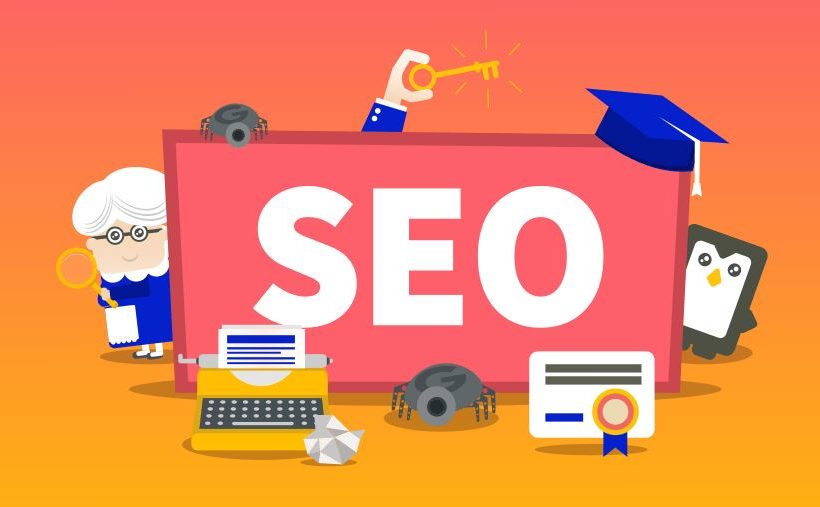
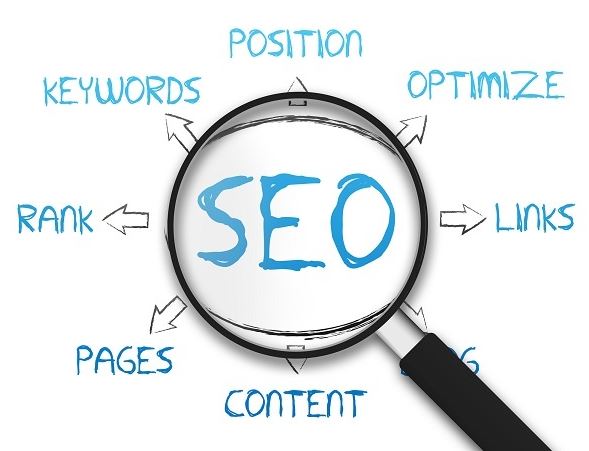 company or individual boosts your chances of ranking top in most search engines and generating more traffic to your entertainment website. There are several things you can use to gauge their experience. One is the successful campaigns they have carried out in the past. Have a look at their portfolio to establish the number of successful SEO campaigns they have carried out before. You should also look at the period they have been in service. An expert or company that has been around for a long time is the best.
company or individual boosts your chances of ranking top in most search engines and generating more traffic to your entertainment website. There are several things you can use to gauge their experience. One is the successful campaigns they have carried out in the past. Have a look at their portfolio to establish the number of successful SEO campaigns they have carried out before. You should also look at the period they have been in service. An expert or company that has been around for a long time is the best.
 Social media platforms can also help you to market your music and also reach your target audience. On the other hand, you should understand social platforms have other problems that are affecting both the artist and the fans. If you want to use these platforms, ensure that you know how to use them and how you can reach your fans in various parts of the country or state. Due to this reason, note that you can use different social media platforms such as Facebook, Twitter, and Instagram.
Social media platforms can also help you to market your music and also reach your target audience. On the other hand, you should understand social platforms have other problems that are affecting both the artist and the fans. If you want to use these platforms, ensure that you know how to use them and how you can reach your fans in various parts of the country or state. Due to this reason, note that you can use different social media platforms such as Facebook, Twitter, and Instagram.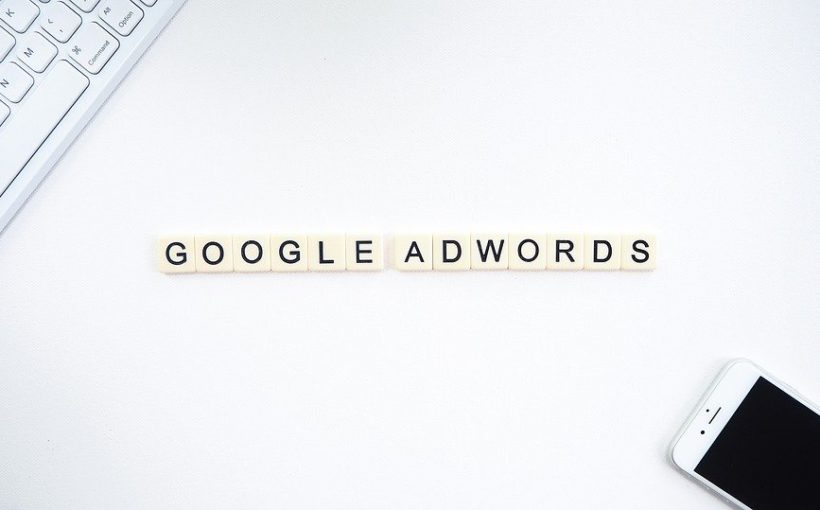
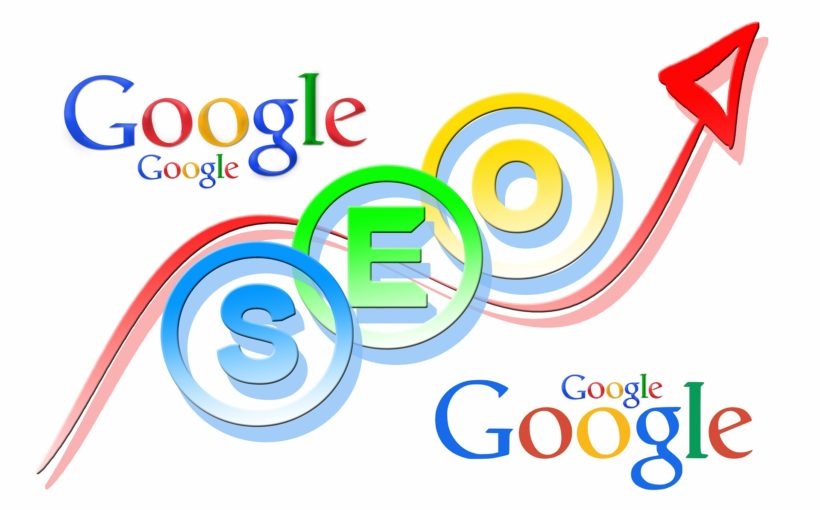
 SEO may indeed look complicated to someone new on this concept. You may need the services of an expert to help you grasp everything about it. Search engine optimization is the process by which a company tries to increase the traffic to its website. It involves a lot of processes, which require some expertise. So when you are decided to adopt SEO as your marketing tool, it will help if you seek the services of a reputable SEO expert, whether he is a freelance professional or a company.
SEO may indeed look complicated to someone new on this concept. You may need the services of an expert to help you grasp everything about it. Search engine optimization is the process by which a company tries to increase the traffic to its website. It involves a lot of processes, which require some expertise. So when you are decided to adopt SEO as your marketing tool, it will help if you seek the services of a reputable SEO expert, whether he is a freelance professional or a company.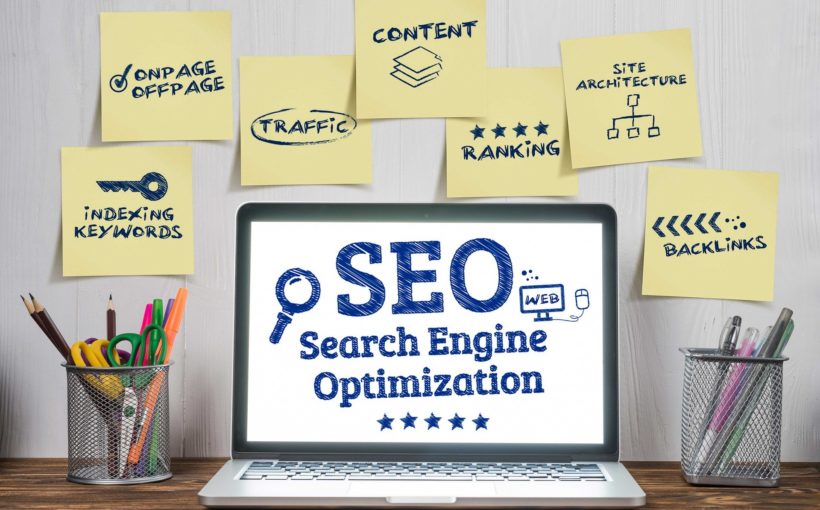
 For paid advertisements, companies will pay for the airtime and the number of times that it will be played. For posts and tweets, it can stay longer as long as it is liked, retweeted, or shared. It is an organic way of advertising your brand, which can lead potential buyers to your website and become actual customers.
For paid advertisements, companies will pay for the airtime and the number of times that it will be played. For posts and tweets, it can stay longer as long as it is liked, retweeted, or shared. It is an organic way of advertising your brand, which can lead potential buyers to your website and become actual customers.